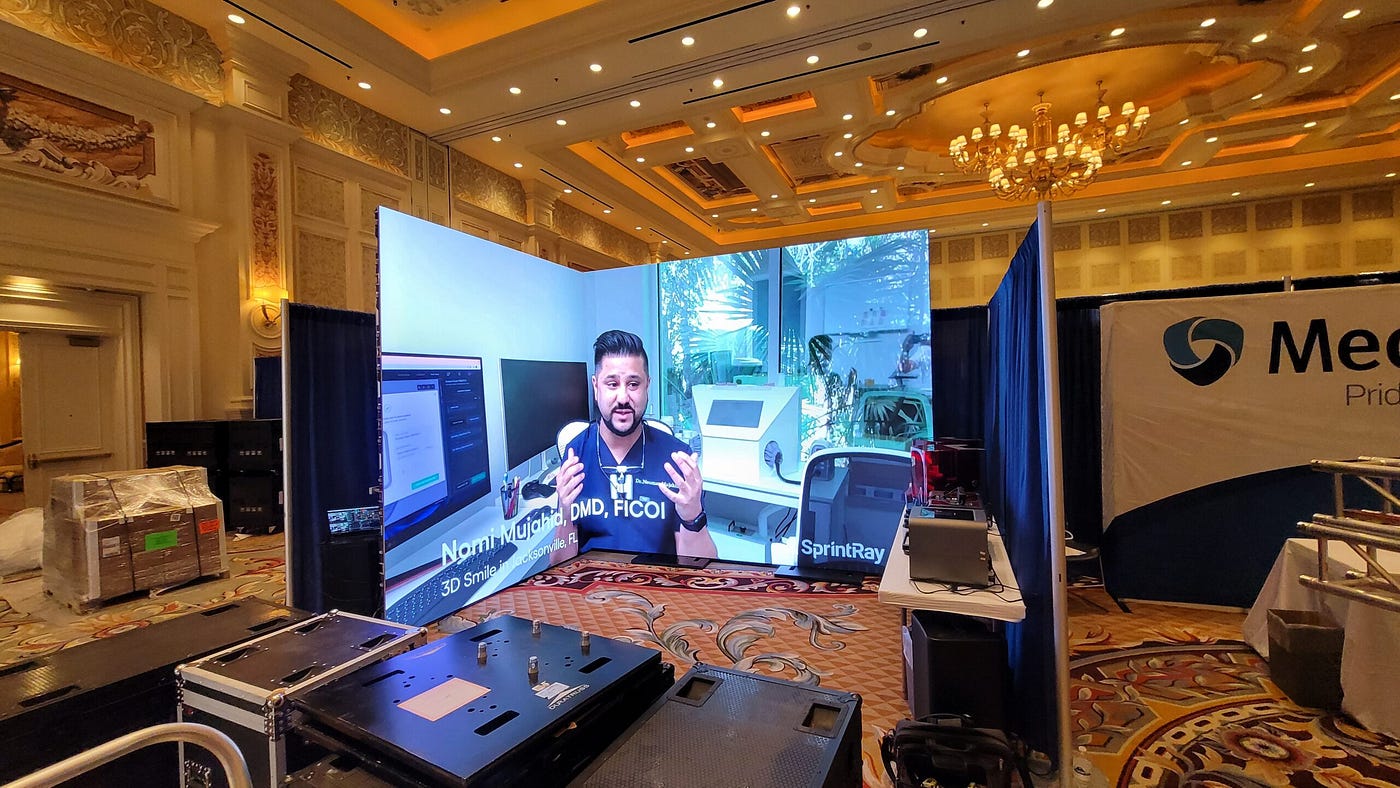Investigating the Key Elements That Influence Color Uniformity in LED Panel Screens for Optimal Display Performance
Investigating the Key Elements That Influence Color Uniformity in LED Panel Screens for Optimal Display Performance
Blog Article
Hue consistency in light-emitting diode wall panels is crucial for attaining maximum optical performance. LED wall panels are commonly used in multiple settings, including concerts, conferences, and advertising showcases. When the hues on these panels are consistent, they create a more engaging and enveloping encounter for audiences. Several key elements affect color consistency, including the quality of the LED elements, tuning procedures, and environmental conditions.
The quality of the LED elements plays a major role in hue uniformity. Different types of LEDs emit light at different frequencies, which can influence the total hue output. Premium LEDs are designed to generate a more consistent light spectrum, resulting in better color accuracy. Additionally, the manufacturing method of these light-emitting diodes can affect their performance. Panels made with superior materials and technology tend to have fewer color variations, ensuring that the shown pictures and footage look lively and faithful to reality.
Tuning is another essential factor in preserving hue consistency in LED wall panels. Calibration entails modifying the settings of the panel to make certain that the hues displayed match the desired appearance. This process can include adjusting brightness, contrast, you can check here and color equilibrium. Frequent calibration is necessary, especially in environments where illumination factors change frequently. By calibrating the screens, specialists can correct any inconsistencies in color result, resulting to a more uniform viewing experience.
Surrounding conditions also affect color uniformity in light-emitting diode wall panels. Factors such as ambient light, heat, and moisture can influence how hues are perceived. For instance, bright surrounding light can dull hues, making them appear less vibrant. Similarly, harsh heat can influence the performance of the LEDs, resulting to hue shifts. To mitigate these issues, it is essential to place light-emitting diode wall screens in controlled environments where lighting and temperature can be controlled efficiently.
Lastly, the layout and layout of the light-emitting diode wall screens can affect hue uniformity. The arrangement of the panels, as well as the distance from which they are viewed, can create variations in hue recognition. When screens are arranged too far apart or at different positions, viewers may notice inconsistencies in color. To achieve the optimal optical output, it is crucial to take into account the placement and alignment of the panels during installation. By addressing these factors, operators can guarantee that their light-emitting diode wall screens provide a uniform and high-quality visual experience.